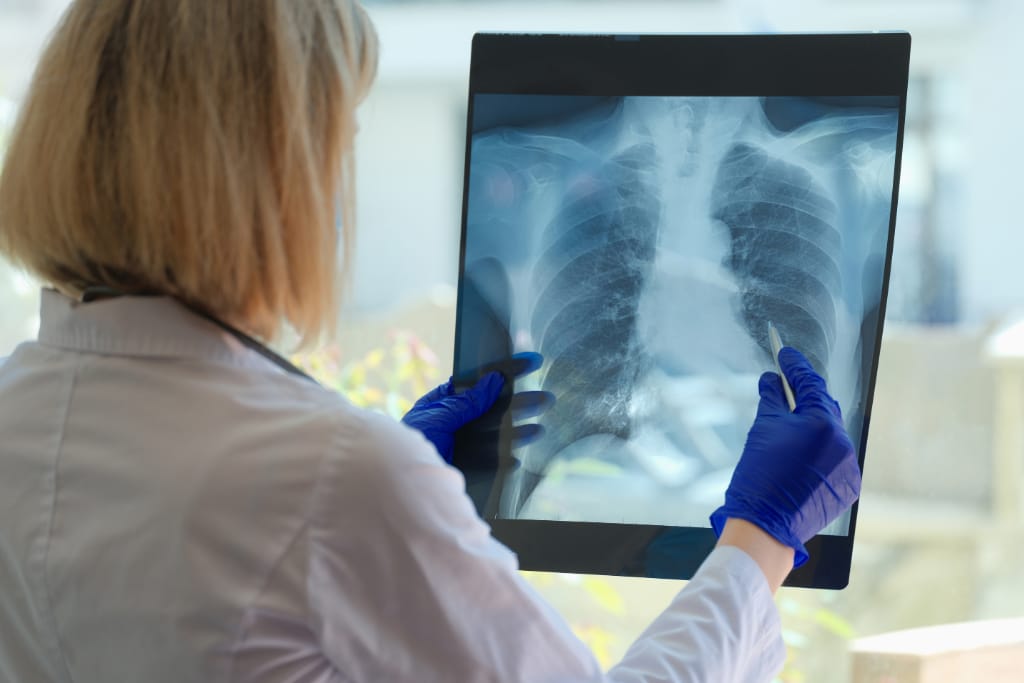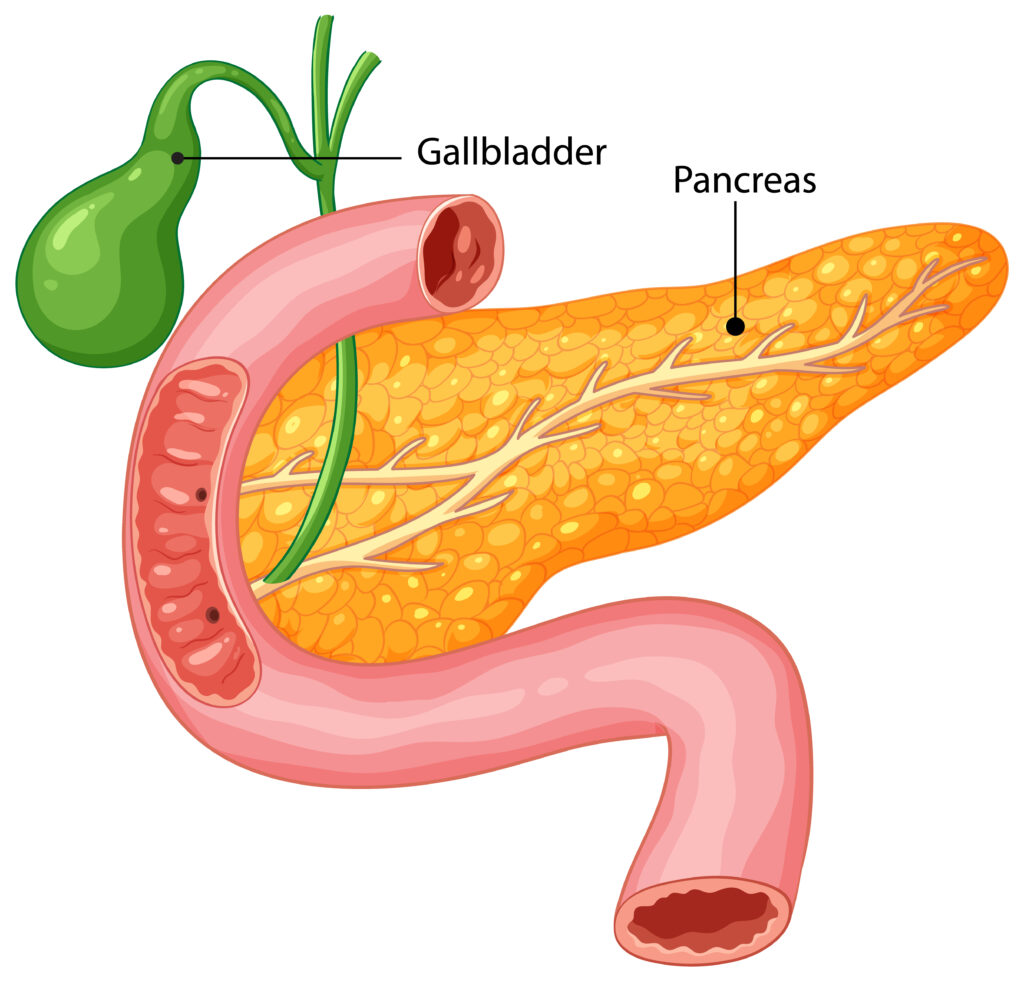Introduction:
Lung cancer remains one of the leading causes of cancer-related deaths worldwide but with earlier detection and advanced treatments, outcomes are improving. Recognizing the symptoms, understanding the risk factors and exploring the latest treatment options can help patients and families make informed decisions.
This blog will cover:
- Early warning signs of the disease
- Common risk factors
- Modern treatments such as radiation treatment for this disease and chemo treatment for the disease
- Survival rates by age and stage
- Why consulting a lung cancer specialist near me is crucial
Understanding Lung Cancer
It begins when abnormal cells grow uncontrollably in the lung tissue. These cells can form tumors that interfere with normal lung function and may spread (metastasize) to other parts of the body.
There are two main types of this disease
- Non-Small Cell Lung Cancer (NSCLC) – The most common type, accounting for about 85 percent of cases.
- Small Cell Lung Cancer (SCLC) – More aggressive and fast-spreading.
Early Warning Signs of Lung Cancer
Catching early can significantly improve survival chances. Unfortunately, symptoms often appear in later stages but there are subtle signs to watch for.
Common Early Lung Cancer Symptoms
- Persistent cough that does not go away
- Shortness of breath
- Chest pain, especially when breathing deeply or coughing
- Coughing up blood (hemoptysis)
- Hoarseness or voice changes
- Recurrent respiratory infections (pneumonia or bronchitis)
- Unexplained weight loss or fatigue
If you notice these symptoms, it is critical to seek medical attention promptly.
Stage Two Lung Cancer Symptoms
In stage 2 lung cancer, tumors may be larger and may spread to nearby lymph nodes. Symptoms often become more noticeable:
- Worsening cough with mucus or blood
- Chest tightness or pain
- Fatigue that interferes with daily activities
- Wheezing and difficulty breathing
Stage 2 and Stage 3 Lung Cancer Survival Rate by Age
Survival rates vary depending on the stage of diagnosis and the patient’s age.
- Stage 2 Lung Cancer Survival Rate by Age:
- Younger patients (under 50) often respond better to treatment due to overall health.
- On average, the 5-year survival rate for stage 2 ranges from 30% to 50%.
- Stage 3 Lung Cancer Survival Rate by Age:
- Stage 3 is more advanced, with cancer spreading to lymph nodes or nearby organs.
- The 5-year survival rate is typically 15% to 25%, with better outcomes in younger patients who can tolerate aggressive treatments.
It is important to note these are averages outcomes can be much better with modern therapies.
Risk Factors for Lung Cancer
Several risk factors increase the likelihood of developing disease
- Smoking: The leading cause, responsible for up to 85% of cases.
- Secondhand smoke exposure
- Radon gas exposure (natural radioactive gas found in some homes)
- Air pollution and occupational hazards (asbestos, chemicals, dust)
- Family history of this disease
- Age: Risk increases after 50, though young adults can also be affected.
Diagnosis of Lung Cancer
Doctors may use several diagnostic methods including:
- Chest X-ray or CT scan – to detect tumors
- Biopsy – to confirm cancer cells
- PET scans – to identify spread
- Molecular testing – to determine targeted treatment options
Latest Treatment Methods for Lung Cancer
Modern medicine offers a range of advanced treatments tailored to each patient’s stage and overall health.
- Surgery
For early-stage, surgery may be performed to remove part or all of the lung (lobectomy or pneumonectomy).
- Radiation Treatment for Lung Cancer
Radiation therapy uses high-energy rays to kill cancer cells. It can be used:
- As a primary treatment in patients who cannot undergo surgery
- Alongside chemotherapy to shrink tumors
- To relieve symptoms in advanced cases
Newer techniques like stereotactic body radiation therapy (SBRT) allow high doses to be delivered precisely, improving effectiveness while minimizing side effects.
- Chemo Treatment for Lung Cancer
Chemotherapy uses drugs to kill rapidly dividing cancer cells. It is often recommended for:
- Stage 2 or 3 lung cancer after surgery
- Advanced cases to slow progression
- Combined with radiation for better results
Though side effects can be challenging, newer regimens are more tolerable, and supportive medications help patients manage fatigue, nausea and weakness.
- Targeted Therapy
Some cancers have genetic mutations (like EGFR, ALK, or KRAS). Targeted therapy drugs attack these specific mutations, offering more effective and personalized treatment.
- Immunotherapy
This treatment boosts the immune system to recognize and fight cancer cells. Drugs like PD-1 inhibitors have transformed disease care, especially in advanced stages.
- Palliative Care
For advanced disease, palliative care improves quality of life by managing pain, breathlessness and other symptoms.
The Importance of Consulting a Specialist
When faced with a potential diagnosis, many patients search for a specialist near me. Consulting a qualified oncologist ensures:
- Accurate diagnosis and staging
- Access to the latest treatment methods
- Personalized treatment plans
- Better management of side effects
- Improved survival and quality of life
Frequently Asked Questions
- What are the earliest signs of lung cancer?
Persistent cough, chest pain and unexplained weight loss are some of the earliest signs. - Can non-smokers get this disease?
Yes. Although smoking is the leading cause, non-smokers can develop this disease due to genetics, pollution or exposure to radon and asbestos. - How is this disease diagnosed?
Doctors use imaging scans, biopsies and molecular tests to diagnose and stage the disease. - What is stage two lung cancer?
Stage 2 means the tumor is larger and may have spread to nearby lymph nodes but not distant organs. - What is the stage 2 lung cancer survival rate by age?
On average, younger patients have a better survival rate (30 to 50%) compared to older adults. - What is the stage 3 lung cancer survival rate by age?
Stage 3 lung cancer survival rates range between 15 to 25%, depending on age, health and treatment response. - What is radiation treatment it?
It uses high-energy rays to target and kill cancer cells often in combination with chemotherapy. - How effective is chemo treatment for the disease?
Chemotherapy can shrink tumors, control spread and improve survival, especially in combination with other treatments. - Can this disease be cured?
If detected early (stage 1 or 2), lung cancer may be curable with surgery and targeted therapies. Advanced stages can often be managed effectively. - Why should I see a specialist near me?
A specialist provides access to the latest treatments, accurate diagnosis and a personalized care plan, improving survival and quality of life.
Conclusion:
Lung cancer is a serious but increasingly manageable disease, thanks to advances in detection and treatment. Understanding the symptoms, being aware of risk factors and recognizing stage two lung cancer symptoms can lead to earlier diagnosis and better outcomes.
Treatment options such as radiation treatment for this disease, chemo treatment for it, targeted therapies and immunotherapy have improved survival rates dramatically.
While stage 2 lung cancer survival rate by age and stage 3 lung cancer survival rate by age vary, personalized treatment and early intervention offer hope. Consulting a specialist near me ensures expert guidance and access to advanced therapies.
If you or a loved one is experiencing symptoms, don’t delay early action could save a life.



